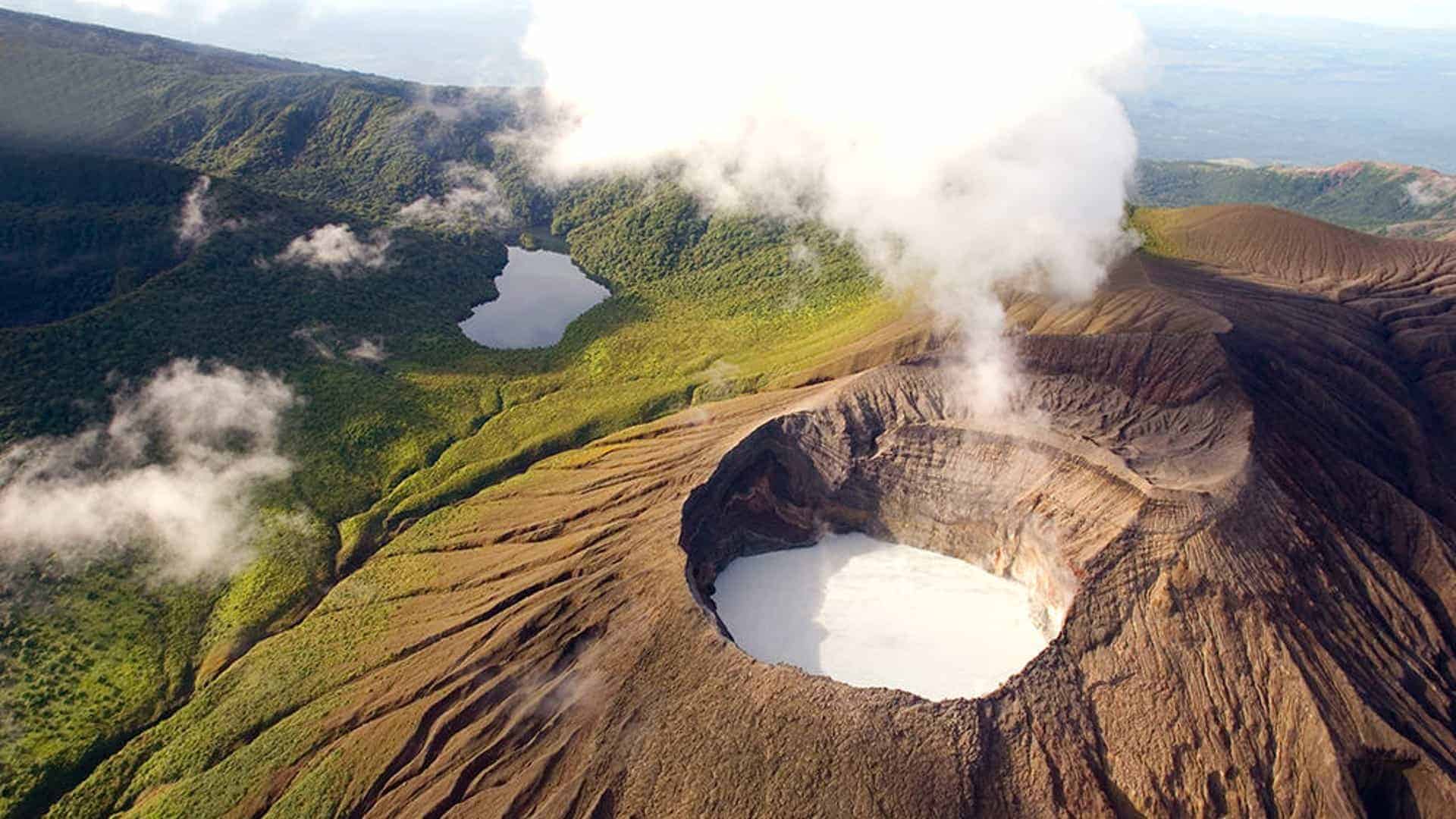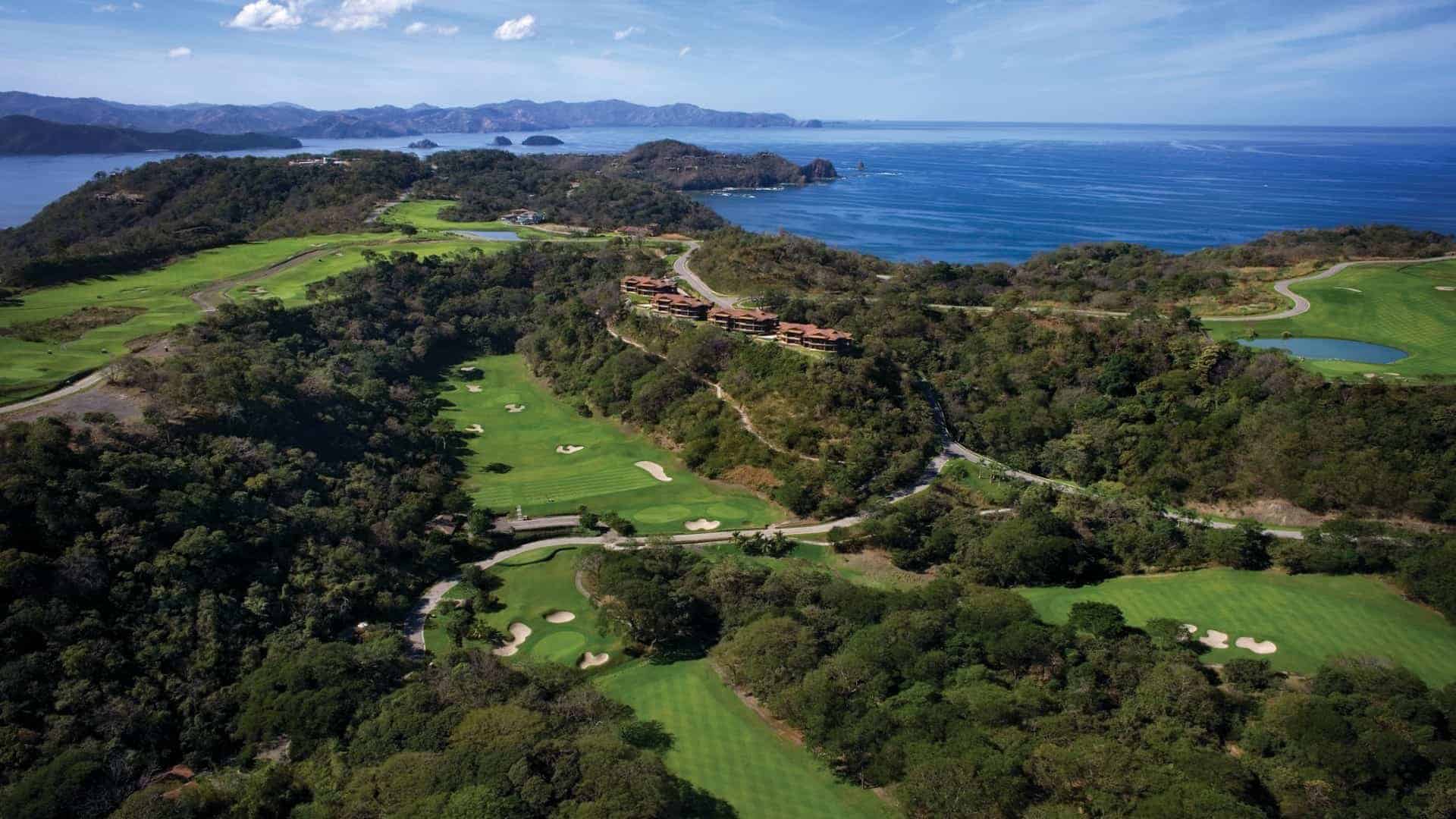Table of contents
- October 13, 2021
- in About Costa Rica, Visiting Costa Rica
Visitors to this country are often mystified by the seemingly universal rule that you can’t flush toilet paper in Costa Rica. Typically, they learn of this from a sign on a bathroom wall instructing them to place toilet paper in the trash can and not in the toilet.
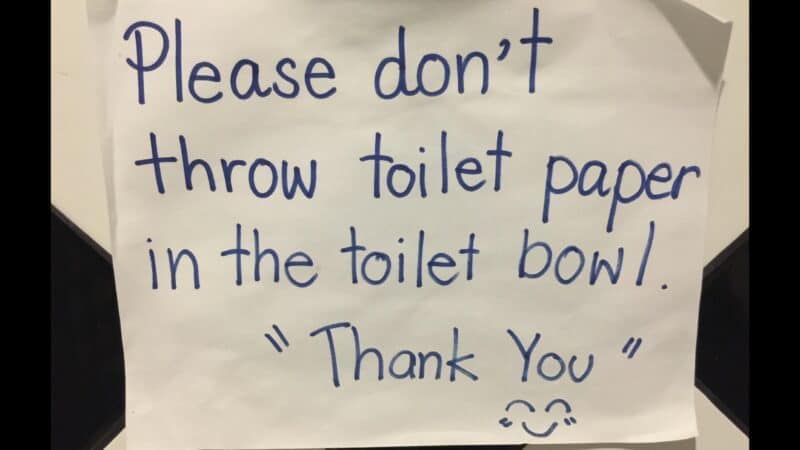
Except in exclusive hotels and gated communities that are constructed with advanced plumbing, flushing toilet paper in Costa Rica is a no-no. The simple reason for the request is that Costa Rica’s small and antiquated septic systems can’t accommodate discarded toilet paper without clogging.
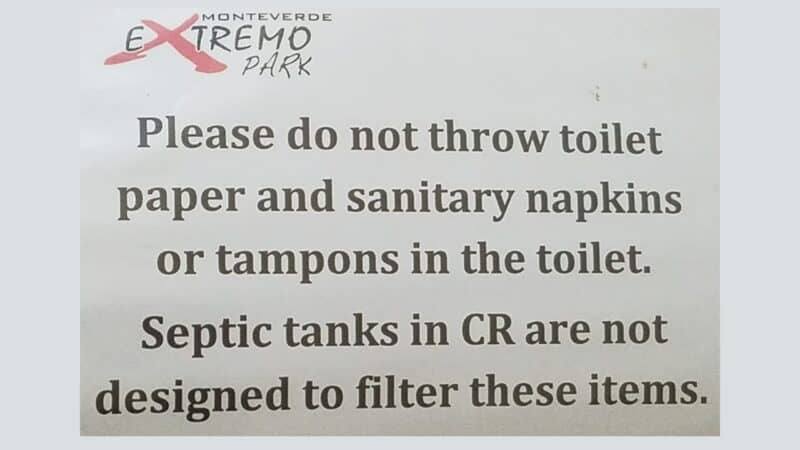
At the risk of being indelicate, bathroom etiquette in Costa Rica, particularly in homes, involves discarding the most, shall we say, discolored sheets down the toilet. The rest should go in the bin. After a while, this becomes automatic, but not everyone is inclined to embrace the practice.
This heads up – pun intended – is an alert that learning proper toilet etiquette in Costa Rica can save you from an embarrassing bathroom emergency. Many long-term residents like myself have adjusted so well to this rule that when we return to the United States, we automatically toss rather than flush.
Bathroom etiquette around the world
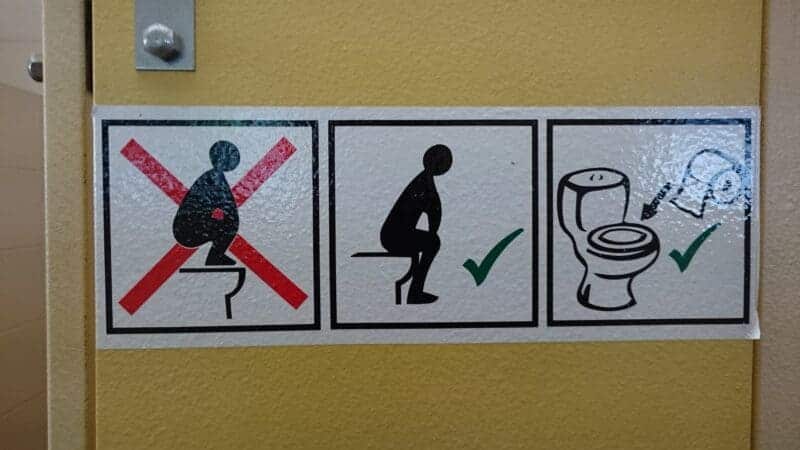
Spanning the globe, toilet facilities and hygiene customs vary widely. Washing rather than wiping is engrained for many citizens of our planet. About two-thirds of the world squat rather than sit. As for toilet paper, seasoned world travelers know to bring their own wipes or tissues on trips.
What would seem to be a simple bodily function is elevated to high tech in Japan, where commodes can resemble an airplane cockpit. African countries offer a hole in the ground, and, as I once experienced, may include an audience of curious Maasai. Most of India relies on a bucket and water. In Islamic countries, the right hand is noble, so it is assigned for eating while the left is for wiping. From birth, Muslims learn to not ever mix the two. Paris now has open-air urinals to discourage public urination. Lavatories in China are called squat toilets, which describes the action needed.
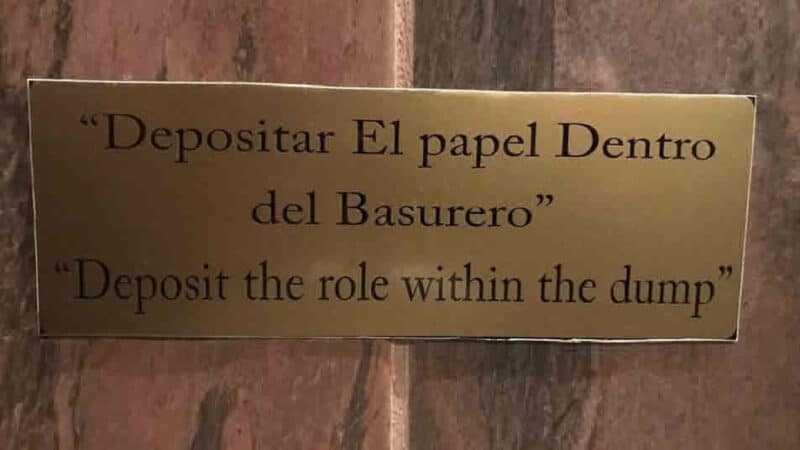
A trip to Argentina (a country that imagines itself to be European) provides an introduction to the bidet. Bidets supplement (or replace) toilet paper by supplying pressurized water for cleaning. In French, bidet means pony, evoking an image of how you use the damned thing. Some research reveals that bidets can have multiple purposes, including foot washing and bathing babies. While I pride myself on adjusting to Costa Rican latrine habits, the bidet is outside my comfort zone. I’m just fine with tossing the T.P. in the wastebasket.
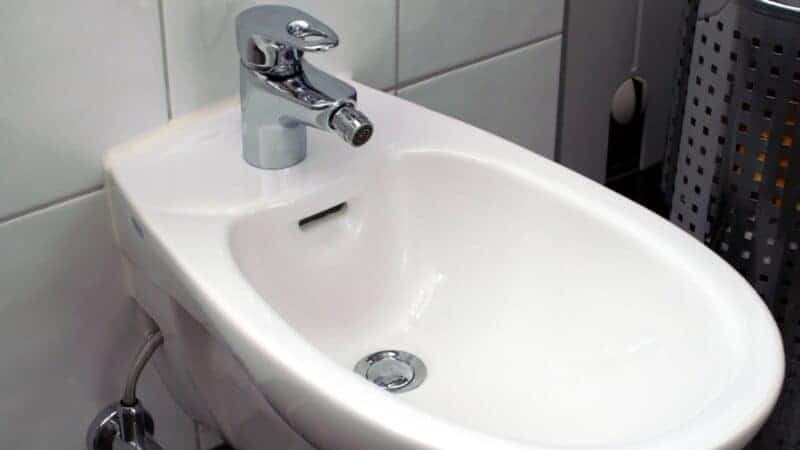
Commercially packaged toilet paper is a relatively new advancement. Until it was deemed a necessity with the introduction of indoor plumbing in the 20th century, folks took hay, wool, Sears and Roebuck catalog pages or even corn cobs to the outhouse. In the ‘30s, some brands of toilet paper boasted that they were splinter-free.
Subscribe to our newsletter
to stay up to date
Toilet paper is so ingrained in American culture that an entire Seinfeld show was based on a dilemma of running out of it in a public restroom. In a classic episode, the character Elaine asks someone in the next stall if she can “spare a square.” The woman refuses, leading to an argument about how and why loaning even one ply should or should not be a kindness among strangers.
Today, toilet paper in the United States is a $31 billion consumer-driven industry. Scott Paper Company and Charmin vie for the softest, most hygienic and most ecological brand. The success of their efforts was evidenced by the scarcity of toilet paper in the early days of the pandemic. It is estimated that each North American uses 140 rolls of toilet paper annually.
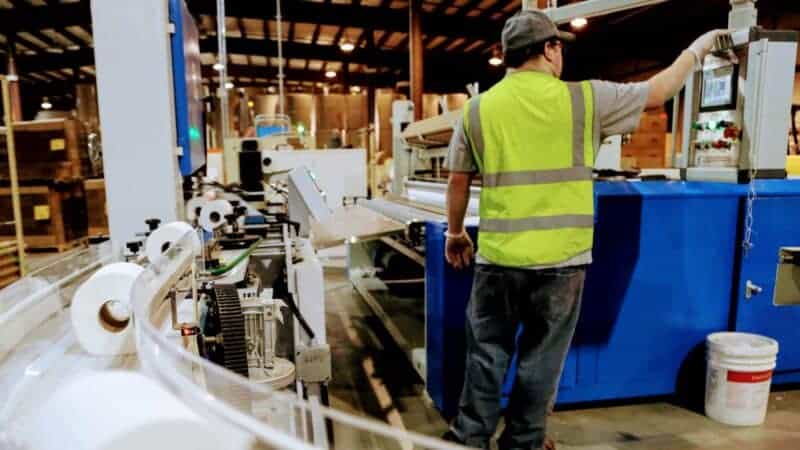
What can I use instead of toilet paper?
For anyone turning up their nose at the non-flushing prospect when visiting Costa Rica, there is an alternative. Pack a few rolls of toilet paper made of biodegradable bamboo, a sustainable product that won’t clog the plumbing. This septic-safe option can be purchased online.
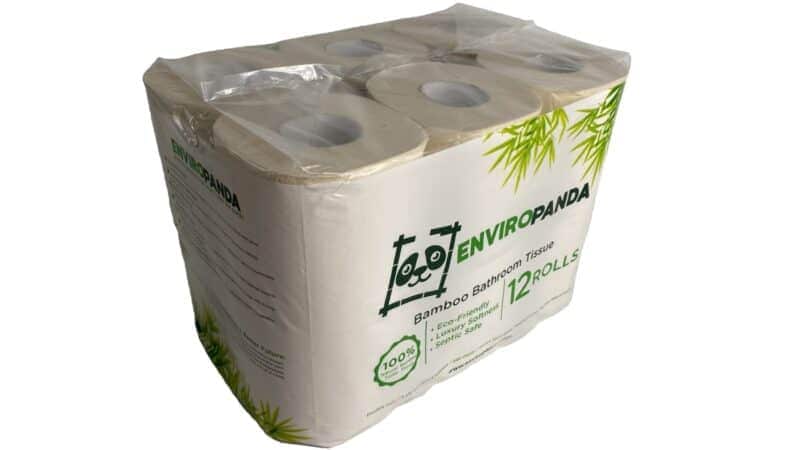
Note that Central and South American bathrooms in bus stations and in public buildings often require payment. These facilities request a nominal fee, perhaps 100 colones in Costa Rica. In return, you get a wad of toilet paper that the attendant cordially hands you as if you’d won the lottery.
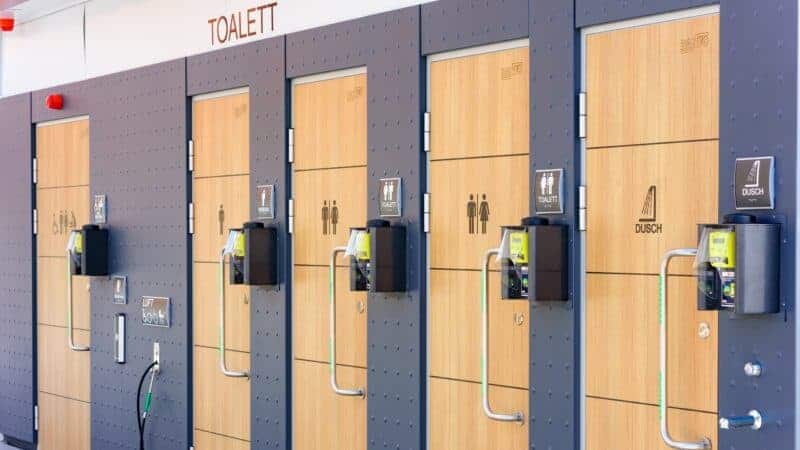
The toilets often appear to date back to Costa Rica’s independence in 1821. It is recommended that you close your eyes, hold your nose and quickly accomplish your mission.
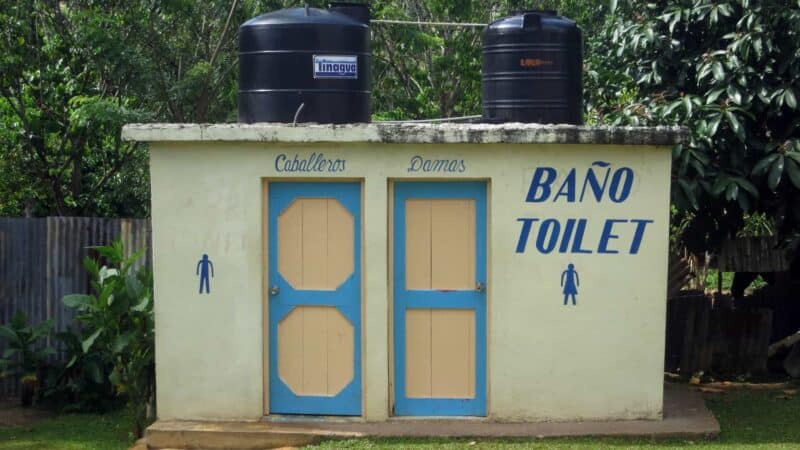
Chief Seattle is credited with saying, “Take only memories. Leave only footprints.” The quote, written in Spanish, appears in the entrance of various Costa Rican beaches and national parks.
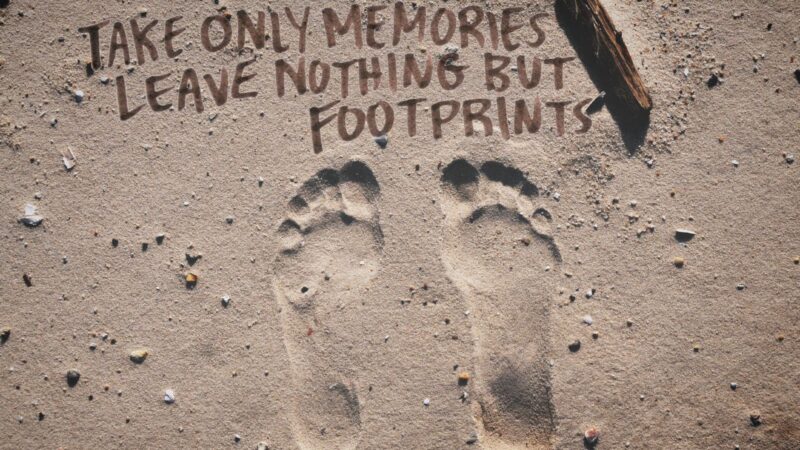
When facing the prospect of to flush or not to flush in Costa Rica, one can either apply the chief’s wise words or bring along a roll of bamboo paper.
Subscribe to our newsletter
to stay up to date

Mary Mason
More articles From
Book Your
Costa Rica Vacation
RELATED POSTS
- April 16, 2024
- About Costa Rica, Culture
- April 2, 2024
- About Costa Rica, Things To Do

